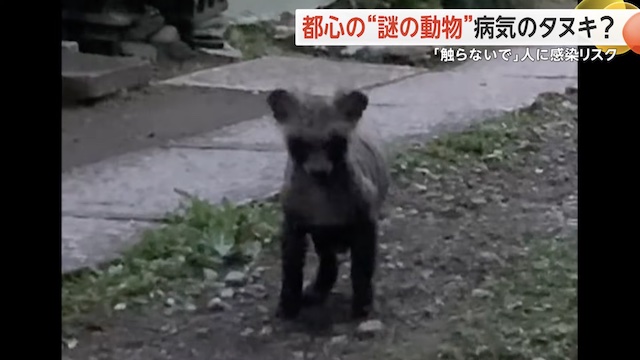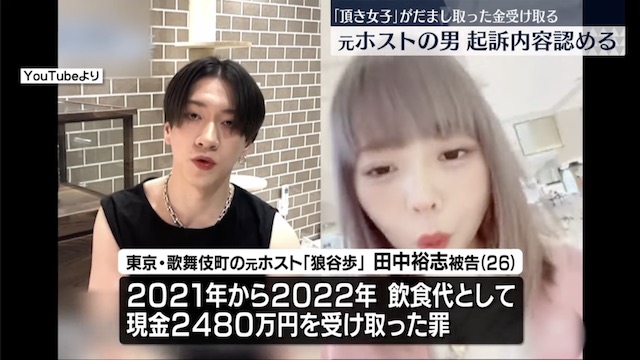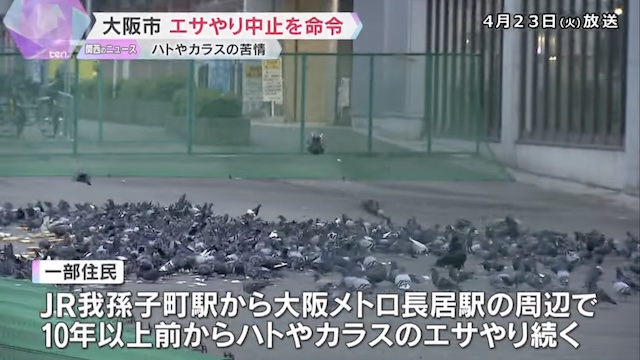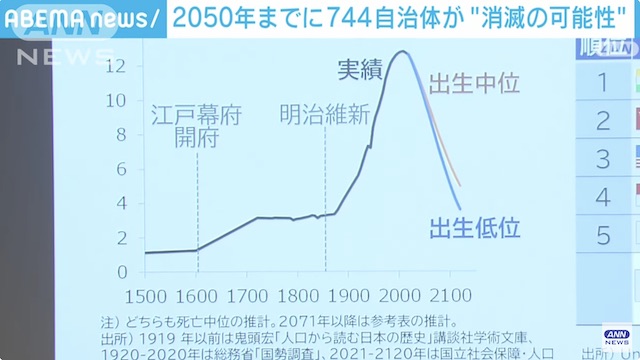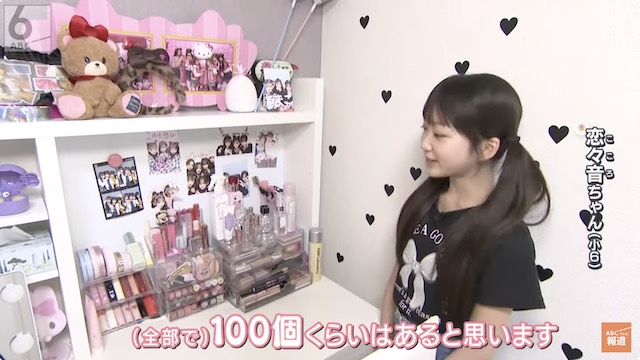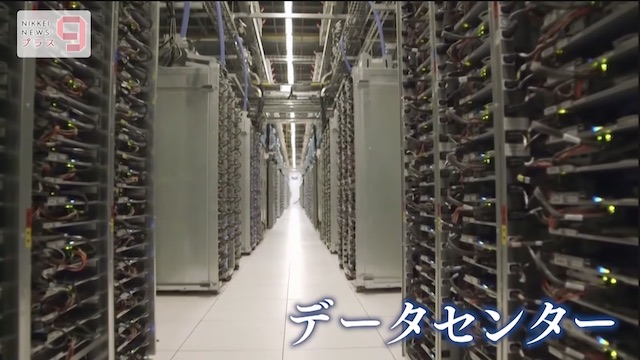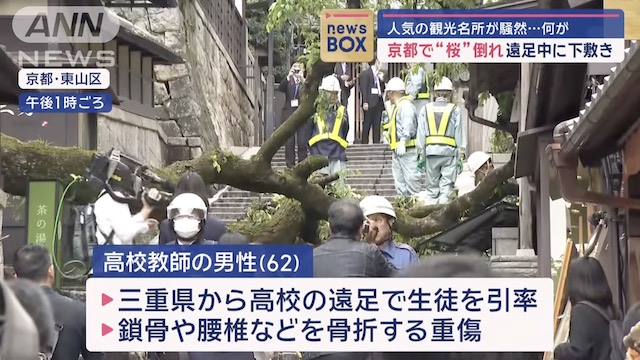Apr 27 (Japan Today) - MIYAZAKI - There are many reasons to visit Japan’s shrines. They are, of course, religious sites, often dedicated to particular guardian gods or to receiving prayers for particular purposes.
The shrine structures themselves are often of architectural interest and many are located on sites of great natural beauty, often selected based on principles of geomancy. The most ancient of shrines are also often associated with particular events in Japan’s history.
Udo Shrine, on the coast of Miyazaki south of Aoshima, ticks all of those boxes.
The shrine is the setting for one of Japan’s origin myths, the birth of Ugayafukiaezu, father of Japan’s mythical first emperor, Jimmu (711BC-585BC). As such, it is particularly associated with safe birth and healthy children. The shrine is also associated with protecting sailors and those who work on the water, but that is more likely related to its seaside location than its legendary origins.
The legend of Ugayafukiaezu’s birth is particularly interesting. His father was Hoori, also known as Yamasachi-hiko, a god of hunting. One day, Hoori and his brother Hoderi, also known as Umisachi-hiko, a god of fishing, decided to temporarily swap roles. Hoori, unfamiliar with fishing techniques, managed to lose his brother’s most prized fishhook. Vowing to retrieve it for his brother, Hoori plunged into the sea, where he found the world of Ryujin, the dragon-like god of the sea. He soon fell in love with Ryujin’s beautiful daughter, Princess Toyotama.
In his ardor, Hoori briefly forgot his earthly home, and the couple lived happily in an undersea palace. Eventually, though, Hoori became homesick, so he and the now-pregnant Toyotama returned to Kyushu. When the time came to give birth, Toyotama found a cave in a seaside cliff on the southeast coast of Miyazaki and began to build a "birthing hut" of cormorant feathers inside. As a creature of the sea, Toyotama would have to assume her true form (a kind of cross between a dragon and a crocodile) while giving birth, something she did not want Hoori to see. So she made him promise that he would not peek at her while she was giving birth. Alas, Hoori broke his promise. When Toyotama realized, she fled back to the sea in shame, leaving her newborn son, Ugayafukiaezu, in the cave. (For what it’s worth, the name Ugayafukiaezu roughly translates to “broken promise of cormorant feathers and thatch”.)
Udo Shrine is built inside that cave, a unique and fascinating location.
The cave is in a rocky cliff, about three stories above the jagged Nichinan coast. It is accessed by stairs leading down about three stories from the rest of the shrine grounds above. (There is no special access for mobility impaired visitors.) The cave is dominated by the ornately decorated red lacquer shrine building, but it is large enough to hold a number of smaller shrines as well. Visitors can walk all the way around the main shrine building to get a feel for the size of the cave.


